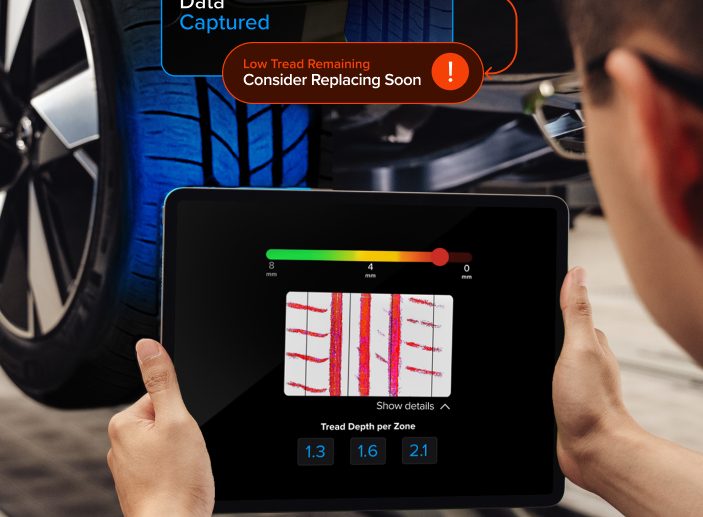
Enhance Enterprise Asset Management with Modern Tracking Solutions
Enterprise asset management has taken several massive leaps forward in terms of accuracy and efficiency in recent years. Much of this is due to the incorporating of mobile technology into the asset management process through modern tracking solutions like barcodes and RFID tags.
Learn about these paradigm-shifting innovations, and how introducing them can enhance traceability throughout your processes.

What Is Enterprise Asset Management?
Enterprise asset management, or EAM, is the process of overseeing and controlling a wide range of equipment throughout an enterprise-scale organization. EAM is an electronic process that relies on a range of software solutions and services. Many components can be included in EAM, such as asset planning and scheduling, work management, maintenance and repair, and supply chain management.
In short, enterprise asset management is the complex process of ensuring you have enough of the right physical assets, keeping those assets running, and getting them to the right places at the right times. With a new generation of connected devices, EAM can also include analytics based on data sent in by those devices.
How Barcode Scanning Enhances Asset Tracking
Enterprise asset management can get quite complex and have many interconnected tools in play. But if you strip away the complexity, at the center of EAM, you’ll find asset tracking. You need a method of quickly and accurately identifying assets — even those assets that are completely unidentifiable to a non-specialist.
In the past, asset tracking required significant manual input (such as hand-copying a part number or writing a freeform name or description of an asset). Unsurprisingly, this method was rife with human error, such as dropped digits and duplicate entries.
The rise of mobile technology allows today’s enterprise businesses to streamline their asset tracking in significant ways.
For example, integrating a enterprise-grade barcode scanner SDK into a workforce app or website can empower staff to scan and track assets anywhere and instantly connect the data to a central EAM system. This greatly increases data accuracy, while massively increasing workforce efficiency and reducing overhead costs. Such solutions can also be adapted for mobile, tablet, ruggedized handheld devices and other peripherals.

The Limitations of RFID Tags for Asset Management
RFID tags are often marketed as the perfect solution to tracking problems, including enterprise asset management. However, they add unnecessary additional costs, both in procuring and installing the tags themselves and in investing in the equipment needed to read them.
To make matters worse, RFID tags are easily damaged during normal operations. And an RFID tag is usually rendered useless when damaged. By contrast, sticking a barcode on something is far cheaper, and torn or damaged barcodes can often still be read. For these reasons, using RFID tags for Enterprise Asset Management can often become more expensive and cumbersome than expected.
How to Choose the Right Asset Tracking Solution
When it comes to selecting the right tracking solution to complement your EAM, consider what devices your workforce will be using, and how they are used to transfer data into your central system. Choosing a versatile SDK which is device agnostic will significantly reduce integration time and enable staff to use different models and makes of device, whether on tablets, ruggedized devices or smartphones.
Finally, if your staff operate in environments with challenging conditions, such as low lighting or locations without an internet connection, find a solution with both robust scanning that works in both high and low contrast, as well as offline functionality, so they can track assets anywhere in your facility.




